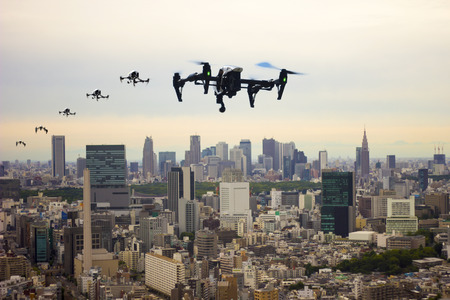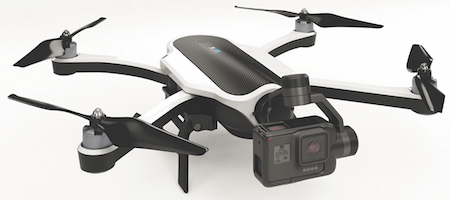The issue highlighted by DJI is that the remoteness of the UAV operator (as compared to a driver in a car) can muddle accountability in the event of an incident. If the pilot is operating within visual line of sight, it shouldn’t be too difficult to locate them, but there are cases of operating beyond VLOS.
An accountability challenge is formed if the UAV operator is found to be doing something unlawful, and, DJI argues, remote identification would assist the challenge. Such a system would also help security agencies in their dealings with operators that are cooperating or not with an identification regime.
Privacy of the owners is not forgotten, and is the prime concern that an ID framework would have to satisfy. As an issue in general, privacy is particularly heightened by the imminent extensive use of UAVs by businesses as a tool, and the increased ability of surveillance worries homeowners, with reports in the US of drones being shot down, for example.
DJI’s proposal is to have a non-networked system of identification, to protect users’ privacy. This would be a localised system, without permanent logging of information. The obvious analogy of such a framework would be to a car’s licence plate.
Operating through an electric mechanism on the UAV means that it is more effective than the visual identification of a plate, as the radio transmissions will be able to travel through walls. The transmissions would only be accessible to authorised receivers (i.e. enforcement authorities).
This is preferred to a networked solution, which would require constant connectivity, like with mobile phones, and raises the possibility that all UAV operations can be tracked for an unknown purpose. The localised method is also easier to implement, requiring only the manufacturer to be involved, rather than bringing in not only the manufacturer, but data providers, server resource, the operator, and the designed receiver of the ID information in a networked system.


.jpg)
.jpg)
.jpg)

.jpg)




